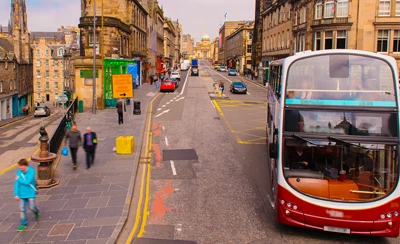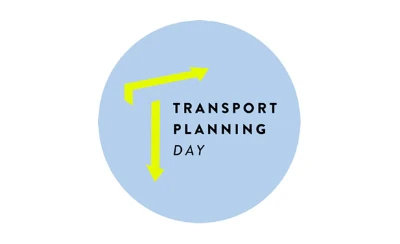On Thursday 5 September TPS kicked off the countdown to Transport Day 2019 with a fascinating debate on transport and housing following on from the publication of the recent CIHT document Better planning, better transport, better places .There was general agreement from the panel on a number of themes. A second event is planned in London is scheduled on 26 September entitled From Best to Better:Planning for Transport and Better Places in London.
As debated at the meeting the problem is about delivery and not about policy, or as one panelist put it “advice can be ignored, but guidance can’t”. Lack of multi-modal accessibility is currently not grounds for rejection of a planning application, while safety and impact on highway capacity are. The key to achieving better delivery will lie in the National Planning Policy Guidance, and the panel recognized that improved guidance will only be possible if transport planners can win over the hearts and minds of decision makers and the public.
The current planning system operates with a number of constraints including a market-led site selection process, piecemeal competitive funding pots for most local authority transport funding that favour small road schemes, and performance measurement solely on the basis of volume and speed of delivery. Concrete proposals to ally these concerns included an objective-led site assessment and monitoring framework, a statutory requirement for spatial plans and transport strategies to be examined in tandem, devolved multi-year funding pots to enable investment in public transport, and regional observatories to coordinate the evidence base for Local Plans across multiple Local Authorities in a less adversarial manner.
Would the tools that we as transport planning professionals use be fit for purpose if we are asked to assess sites over a wider range of objectives. The need for better accessibility planning tools and greater use of existing accessibility tools was certainly a common thread in much of the debate. Our focus on the mitigation of negative impacts means that we are not incentivised to assess the potential positive impacts that new development can have on accessibility by sustainable modes. And reliance on evidence of travel behaviour in recent – mainly car-dependent – developments can lead to status quo bias. It was, however, noted that the recent climate debate was starting to draw the attention of the public and decision makers to the possibility of alternative future mobility scenarios.
Chair
Kate Morris, Aecom and TPS
Panelists
Lynda Addison, CIHT Sustainable Transport Panel
James Harris, RTPI Transport Planning Network
Tim Pharoah, Transport for New Homes













